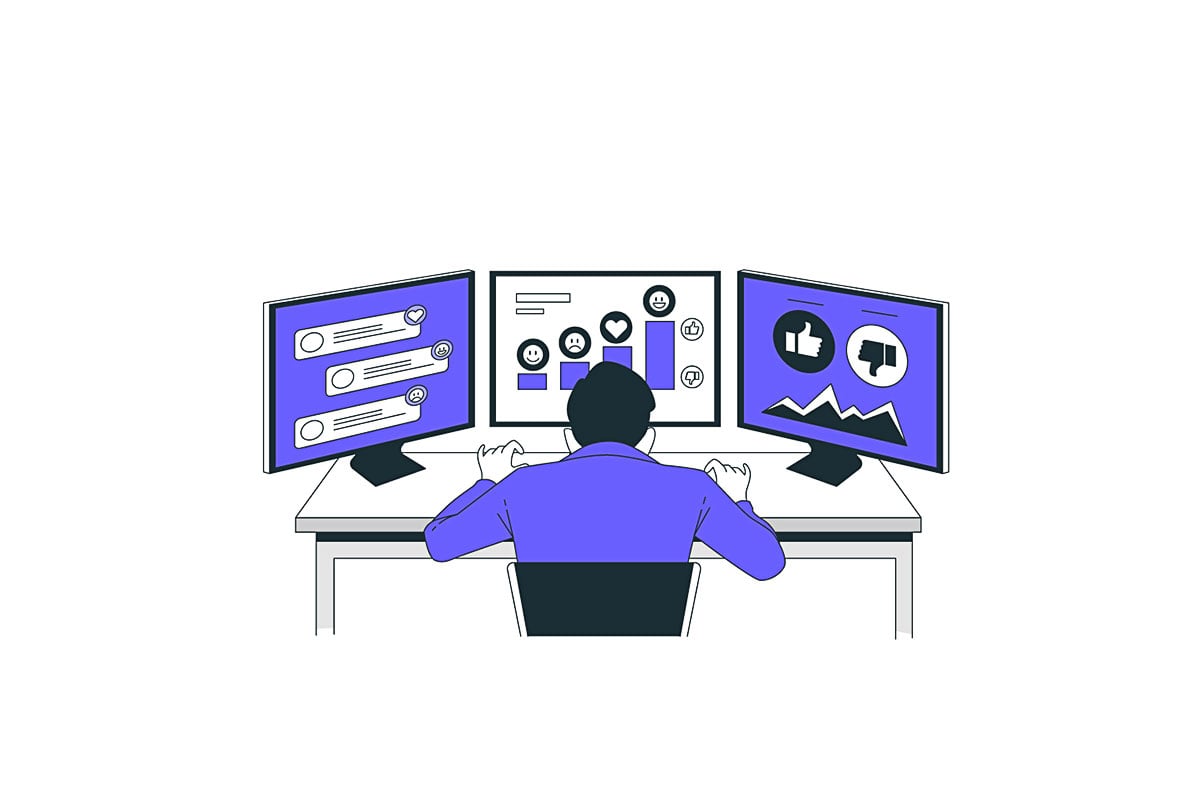
In today's digital age, your online presence is often the first impression you make. And at the core of a compelling online presence lies web design. More than just making a website look pretty, web design is a multidisciplinary field that focuses on creating a user-friendly, aesthetically pleasing, and highly functional website. At MathsRocket.Online, we believe that great web design is a blend of artistry and strategic thinking, ensuring your digital platform not only looks good but also performs effectively.
What is Web Design? The Art of Digital First Impressions
Web design encompasses all the visual and interactive elements of a website that a user experiences directly. It's about how a website looks, feels, and functions from the user's perspective. Think of it as the architecture and interior design of a building – it needs to be structurally sound, but also inviting, navigable, and beautiful.
Key aspects of web design include:
- Web Graphic Design: This involves creating all the visual assets like logos, images, icons, and illustrations that give a website its unique identity and appeal.
- User Interface (UI) Design: UI design focuses on the visual layout and interactivity of the website. It's about designing every screen or page with which a user might interact, ensuring clarity, consistency, and intuitive control elements (buttons, menus, forms).
- User Experience (UX) Design: UX design goes beyond just the visual. It's about the overall feeling a user has when interacting with a website. This includes ease of navigation, efficiency of tasks, accessibility, and the emotional response evoked by the site. A good UX ensures a seamless and enjoyable journey for the user.
- Authoring (Code & Software): While often associated with development, designers must have a foundational understanding of how their designs translate into code, particularly HTML (HyperText Markup Language) for structure and CSS (Cascading Style Sheets) for styling. This ensures designs are implementable and responsive.
- Search Engine Optimization (SEO) Principles: Good web design incorporates SEO from the ground up, making sure the site is not only user-friendly but also search engine-friendly, aiding in discoverability. This includes optimizing images, ensuring fast loading times, and creating a logical site structure.
Topics and Branches: Specializations within Web Design
Web design is a broad field with several specializations:
- Responsive Web Design (RWD): Crucial in today's multi-device world, RWD ensures a website adapts and displays optimally across various screen sizes, from desktops to tablets and smartphones. This is achieved through flexible grids, images, and CSS media queries.
- Mobile-First Design: An approach where designers start by designing for mobile devices first, then progressively enhance the design for larger screens. This acknowledges the increasing dominance of mobile internet usage.
- Motion Design/Animation: Incorporating animations and transitions to enhance user engagement and guide their attention.
- Accessibility Design: Ensuring websites are usable by people with disabilities, following guidelines like WCAG (Web Content Accessibility Guidelines).
- Conversion Rate Optimization (CRO) Design: Designing elements specifically to encourage users to take desired actions, such as making a purchase, filling out a form, or signing up for a newsletter.
Why Web Design is Paramount: Its Role in the Wide Internet Space
In a crowded digital landscape, exceptional web design is not a luxury; it's a necessity.
- First Impressions are Lasting: A well-designed website instills confidence and professionalism. Users often judge a business's credibility within seconds of landing on its site. A cluttered, outdated, or poorly navigable site can drive potential customers away instantly.
- Enhances User Experience (UX): An intuitive and enjoyable user experience keeps visitors engaged longer, reduces bounce rates, and encourages repeat visits. When users can easily find what they're looking for and interact smoothly with the site, their satisfaction increases.
- Boosts Brand Identity and Credibility: Consistent branding through design elements (colors, fonts, imagery) strengthens your brand identity. A professional design builds trust and positions your business as reliable and authoritative.
- Improves Search Engine Optimization (SEO): Google and other search engines favor websites that offer a good user experience. Factors like mobile-friendliness, fast loading times, clear navigation, and engaging content (all influenced by design) contribute significantly to higher search rankings. Our web design services inherently integrate SEO best practices to ensure your site is discoverable.
- Drives Conversions: A strategically designed website guides users through the sales funnel, making it easy for them to complete desired actions. Clear calls-to-action (CTAs), well-organized product pages, and a streamlined checkout process are all design elements that directly impact conversion rates.
- Competitive Advantage: In many industries, a superior website can be a significant differentiator. It allows your business to stand out from competitors who may have neglected their online presence.
At MathsRocket.Online, under the vision of Mr. Hossam Diab, a creative designer and skilled web platform builder, we don't just create websites; we craft digital experiences. Our custom website and system design services cover every step from domain registration and hosting setup (leveraging robust technologies like NGINX, Redis, and more on our Ubuntu servers) to full e-commerce deployment. We specialize in building clean, responsive UI/UX for all devices, ensuring that whether you need a dynamic WordPress site, a scalable multi-tenant SaaS platform, or an online store with full payment systems, your digital presence is not just functional, but truly captivating. Let us turn your ideas into fully-functioning, beautifully designed websites that empower your business to succeed.
